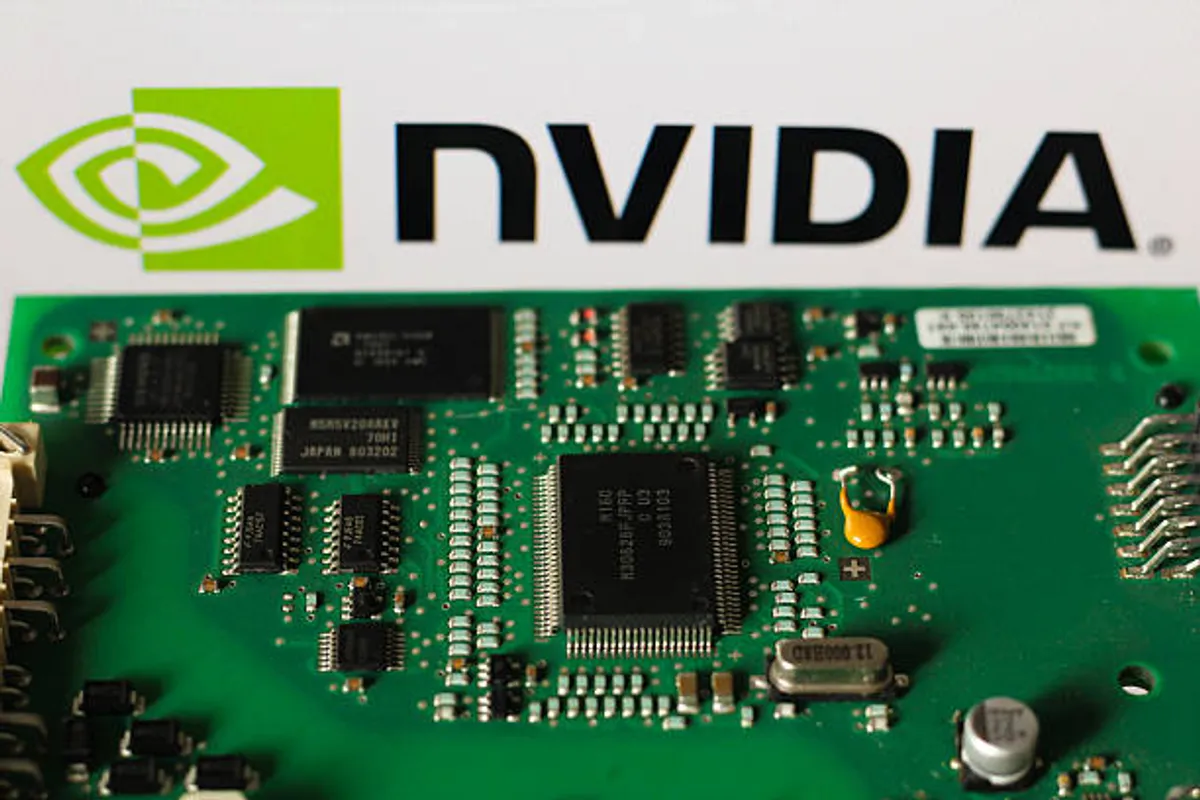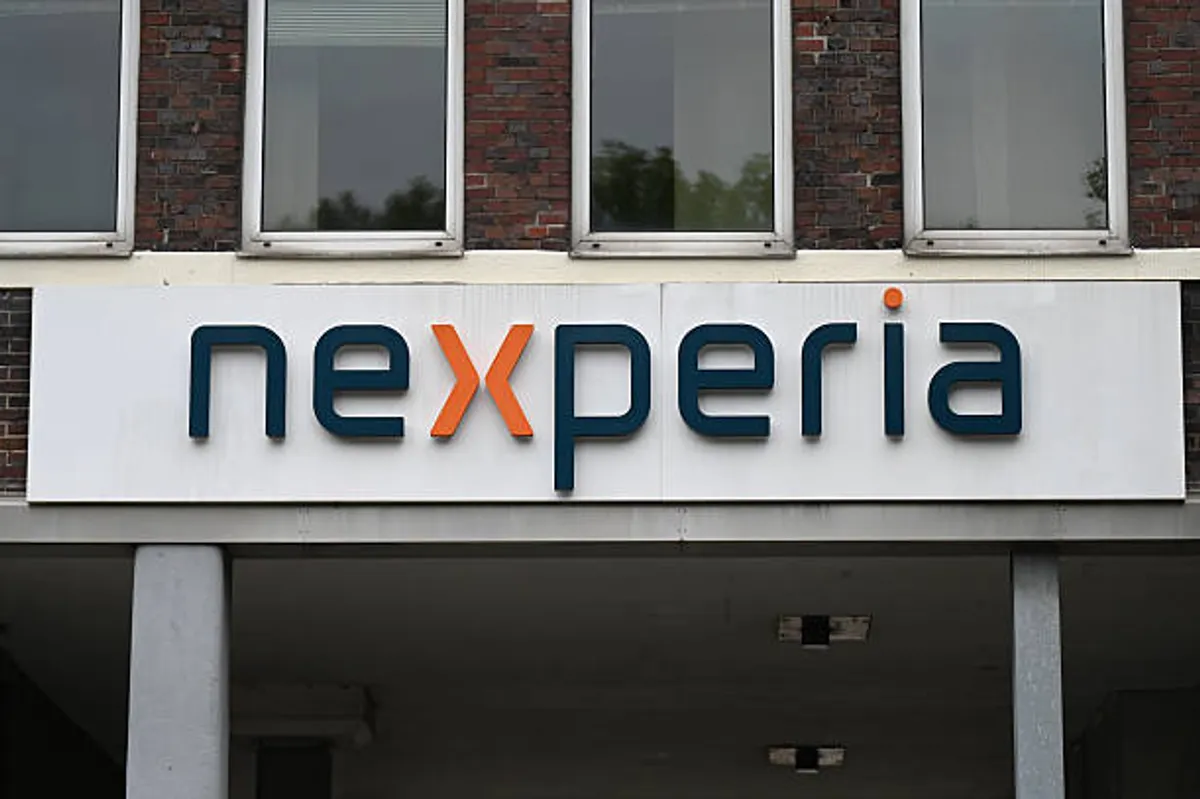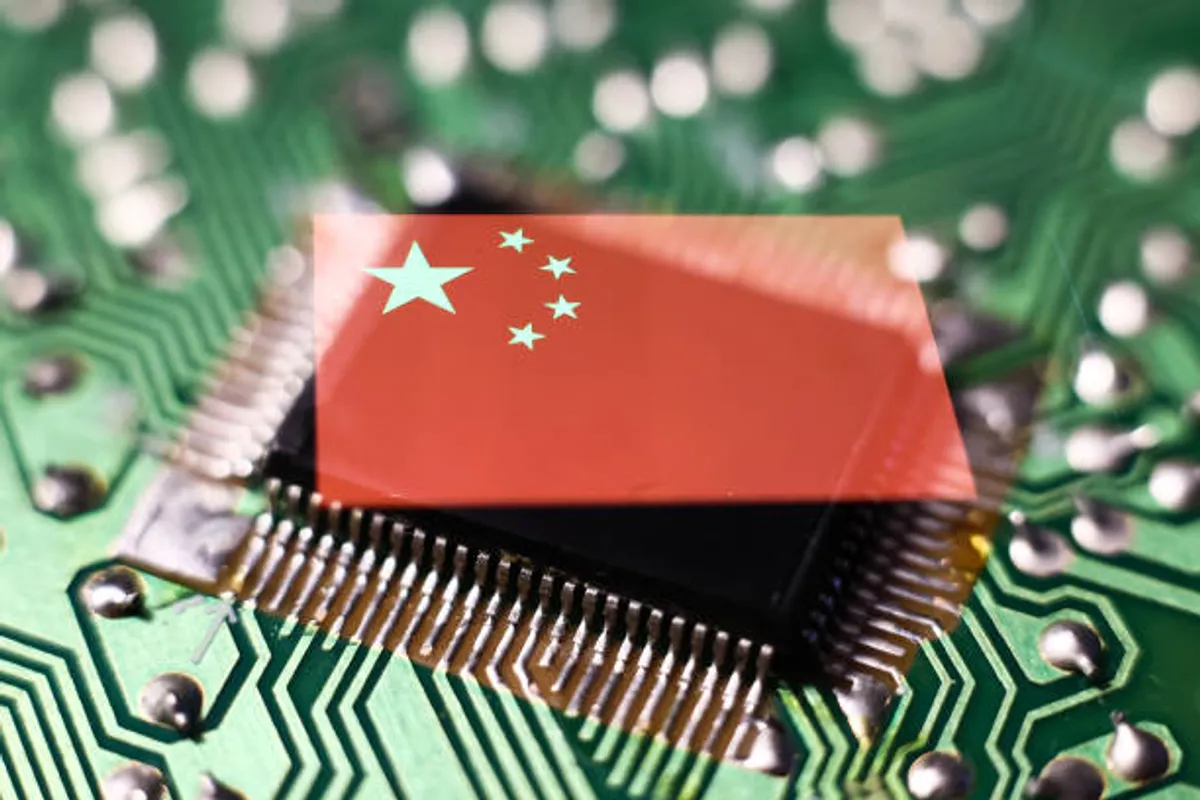
Cisco Unveils Powerful “Unified Edge” Device to Bring AI Closer to the Real World

GeokHub
Contributing Writer
Cisco has announced a major leap in artificial intelligence infrastructure with the launch of its new Unified Edge device — a compact yet powerful system built to process AI workloads directly where data is generated. From retail stores and hospitals to industrial plants, the Unified Edge aims to reduce delays, boost efficiency, and minimize dependence on distant data centers.
The device is powered by advanced Intel chips and is already being tested by major telecom and enterprise partners, including Verizon. Cisco plans to make it widely available before the end of the year, marking a major step in its strategy to bring AI closer to the “edge” — where real-time decisions matter most.
According to Cisco executives, the Unified Edge enables businesses to deploy AI models locally, cutting down latency and bandwidth costs. Instead of sending every data point to the cloud, companies can analyze, decide, and act instantly on-site — whether that means detecting defects on a factory line or managing customer flow in retail.
Analysis / Impact:
The introduction of Unified Edge shows how AI infrastructure is evolving. The focus is no longer just on cloud computing and massive data centers — it’s about smarter, distributed systems that bring intelligence to the ground level.
For businesses, this could mean faster response times, stronger data privacy, and reduced network strain. It also opens new possibilities for industries that rely on quick, reliable decision-making — from healthcare diagnostics to logistics optimization.
For Cisco, this product positions the company as a central player in the emerging edge-AI market. With its expertise in networking and enterprise systems, the firm is well-placed to link AI applications across hybrid cloud and local networks. However, success will depend on seamless integration, strong developer support, and proven real-world performance.
Still, the move marks a bold statement: the next chapter of AI will not be confined to the cloud — it will live and work right where the action happens.








